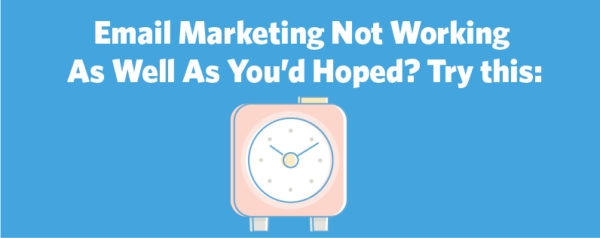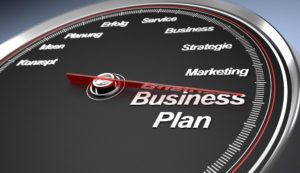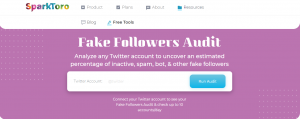— May 26, 2018

Does your email marketing strategy include only sending emails when you need something in return – like a sale, or a sign up? This is the type of thinking that we see commonly when small businesses are just starting out with email marketing.
Do you have that one friend that only calls when they need something? We all do, and this is how customers can feel when you’re only asking them to buy something.
By sending emails that are really only trying to hard sell customers, you are not giving your business the best chance to successfully market to them. Your contacts can easily become fatigued with this type of communication and lose interest.
Instead, you should think about how you can send on a consistent basis and balance sales emails with content your customers will value.
What does “valuable content” mean?
Valuable content is information that your customers will find helpful, and that pertains to the type of business you are running, including your services, products and industry. This content should be offered to your customers when you communicate with them, and without expecting anything in return while also providing them an opportunity to buy if desired.
Just like wine and cheese or chocolate and peanut butter, asking a customer to make a purchase pairs very well with valuable content.
Here are some examples of emails that would include valuable content:
- A dog grooming company could create a guide on how to de-stress your pup.
- A yoga studio could let you know about upcoming retreats in your area.
- A wine store could send an email about the top five reds to bring to a dinner party.
Circling back to the “wine and cheese” reference, content and selling compliment each other when implemented into your email marketing strategy.
If you are going to a dinner party, and want to bring a stellar red wine, but have no idea where to start, you are going to be thankful when you receive that “Top 5 Reds to Bring to Your Next Dinner Party” email from your local wine seller.
Additionally, you are probably going to buy that wine from that specific wine seller because you know they have it in stock, they are the experts, and you trust them. They didn’t specifically ask you for a sale, but they did encourage it with their valuable content.
When emails are paired with valuable content and an option to purchase, there is a much higher chance of actually getting that purchase, along with building trust, and your reputation as an expert in your industry.
Do not fall for this email marketing misconception:
The major misconception we see is that you only need to send an email when you need a boost in sales. If your customers are not getting emails from you consistently, you risk them forgetting who you are, causing your email marketing results to plummet.
Whether you schedule ahead of time, map out a plan for your entire year, or use automation, make sure you’re sending regularly. Consistency will set the stage for your email marketing performance.
When you communicate on a regular cadence, and especially when those communications contain valuable content, you’ll be viewed as a dependable source to your audience. They’ll start to expect the next campaign, and will become more engaged with the valuable content within, boosting revenue organically.
When you’re sending emails with content that your customers actually want to learn about, then they’ll become excited about seeing your emails in their inbox. And once you establish a regular cadence, those same customers will be anticipating the next one.
See the results you’ve always hoped for
The truth is, if you balance your sales emails with valuable content on a consistent basis, you can get the email marketing results you’ve been hoping for all along. When customers recognize your emails in their inbox, they’ll think of you first when they are ready to buy.
Digital & Social Articles on Business 2 Community
(28)
Report Post



